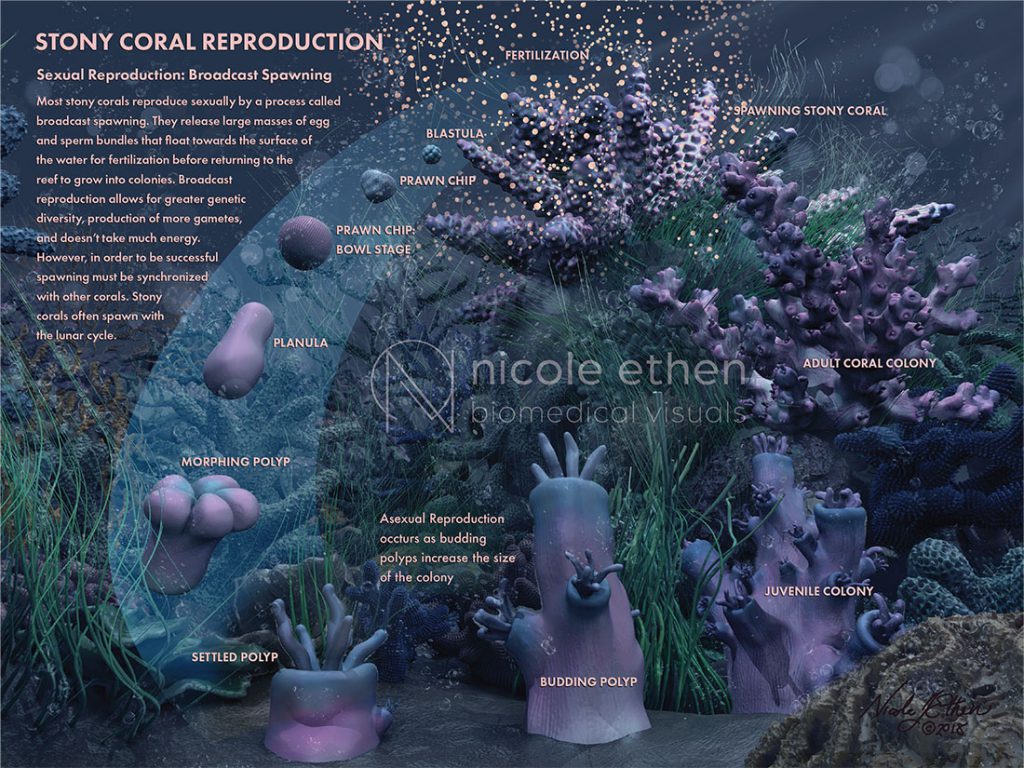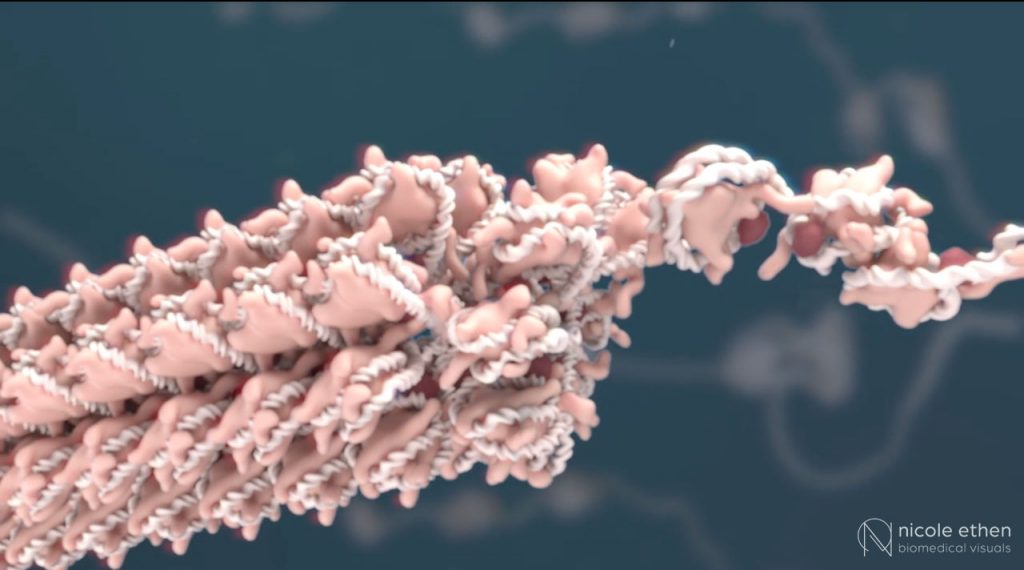By Elena Bruess
Medill Reports
Imagine you broke a bone in your left toe while paragliding.
It was intense. And now you can’t walk, so you hobble to the doctor’s office and await an x-ray. When you finally learn what exactly is broken, the doctor pulls out a brightly illustrated and tightly labeled drawing of a left foot. She points. “It’s right here.”
The drawing is practically made for you. It’s not very complicated and it makes so much sense. You are really starting to understand your left toe.
And that’s because the drawing is made for you.Medical illustrators bridge the gap between science and communication with a stylish flick of the pen. The medical posters in an office, the video animations shown in classes and illustrations found in textbooks all come from a field that combines art and science as one. In an often overlooked vocation, medical illustrators balance the fine line between analytical observations and creative pursuits to better communicate complicated topics.

“It’s distilling [the science] to its essence and what the main takeaway is. Scientists are really particular about the details. Every single detail that makes up the whole thing. It’s all important,” said Nicole Ethen. Ethen is a medical illustrator and animator at the Simpson Querrey Center for Epigenetics at Northwestern University. She is the only illustrator on staff.
“You’re trying to explain a new concept to someone who is not familiar at all with all the details and all the details probably don’t actually matter. That’s when finding the essence of something is really important.”
Ethen had always loved art, but felt a career in science would be more practical. It wasn’t until after she graduated from University of Michigan with a degree in neuroscience that she realized she could pursue a mix of both.

Taking that next step meant enrolling in one of only three accredited medical illustration master’s programs in the United States or one of a few that are international.
Acceptance is extremely competitive. Ethen’s program at the University of Illinois at Chicago has both art and science prerequisites. Once she entered the program in 2017, she met students who came from art backgrounds and those who came from science fields. The mix really adds value to each base, she said.
“One aspect of a career fulfills the part that’s missing in another,” said Professor Amanda Behr. Behr originally went to a traditional art school before moving into medical illustration. She is now the program director for the Department of Medical Illustration at Augusta University in Georgia, another one of the three accredited programs in the U.S. “If I had only went the art route would I always be missing the science? I believe I would. I feel like it’s filling a need more than an escape from the other side. I love the other side so much.”
Yet, once out in the field, scientists sometimes fail to understand the exact value of the illustrator’s profession. Not that illustrators and animators such as Ethen and Behr actually know the science and can pick it apart as well. According to Ethen, the work doesn’t quite fit into either category. It’s a bit too artsy for science and a little more scientific for art.

“It’s kind of like color theory,” Ethen said. “A color will very obviously look like a color, but when you put it next to another color it doesn’t look like that color anymore. When I’m next to scientists, I am most obviously an artist. When I’m next to fine artists, they’re like, ‘That girl’s a scientist.’”
Both matter in order to produce the best work, Behr said. Scientists need confidence in the accuracy and in the communication. A trained medical illustrator is there to help visualize and illustrate what some scientists just don’t have time for. The value is often only appreciated once the work is done and you are left nodding at the drawing of your left foot with the broken toe.

